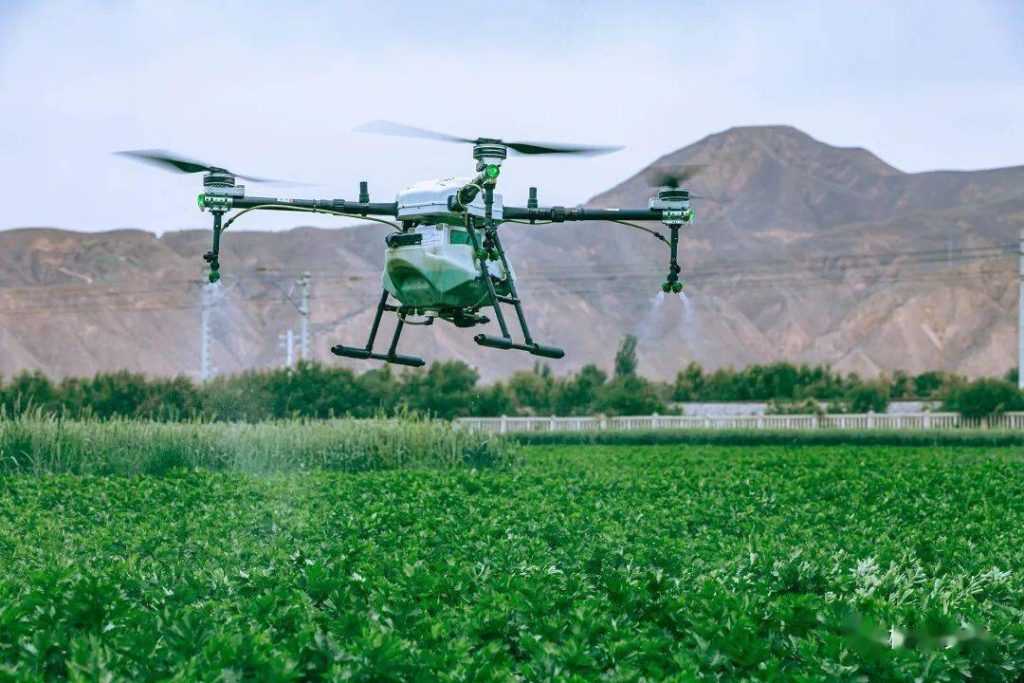Crop protection is a fundamental aspect of modern agriculture, and the use of agricultural drones has introduced a new era of precision and efficiency in this field. In this article, we will explore how agricultural drones are enhancing crop protection by providing real-time data and insights to farmers.
Agricultural drones are equipped with advanced sensors and imaging technology that can capture high-resolution images and multispectral data. This capability enables them to monitor crops for a variety of issues, such as diseases, pests, and nutrient deficiencies. Drones can cover large areas quickly and efficiently, making them invaluable tools for crop protection.
One of the key advantages of using drones for crop protection is early detection. Drones can identify crop issues before they become visible to the naked eye, providing a critical window for proactive intervention. By detecting diseases, pests, or nutrient imbalances early, farmers can take targeted actions to protect their crops and prevent significant losses.
Drones also offer precision in treatment application. They can carry sprayers that apply pesticides or fertilizers with pinpoint accuracy, reducing chemical usage and minimizing the environmental impact. This targeted approach ensures that treatments are only applied where needed, sparing non-target organisms and reducing the risk of chemical runoff.
Moreover, the ability of drones to cover large areas rapidly ensures comprehensive surveillance of fields. They can reach remote or hard-to-access locations, providing a complete picture of crop conditions. This comprehensive monitoring enables farmers to allocate resources effectively and make informed decisions about crop protection strategies.
Agricultural drones help reduce operational costs by minimizing the need for manual inspections and treatments. They provide real-time data and insights that empower farmers to make data-driven decisions, ultimately saving time and resources.
In conclusion, agricultural drones are revolutionizing crop protection by offering early detection, precision treatment application, comprehensive surveillance, and cost savings. As technology continues to advance, these drones are expected to become even more integral to safeguarding crop health and increasing agricultural sustainability.







Please sign in to comment
register